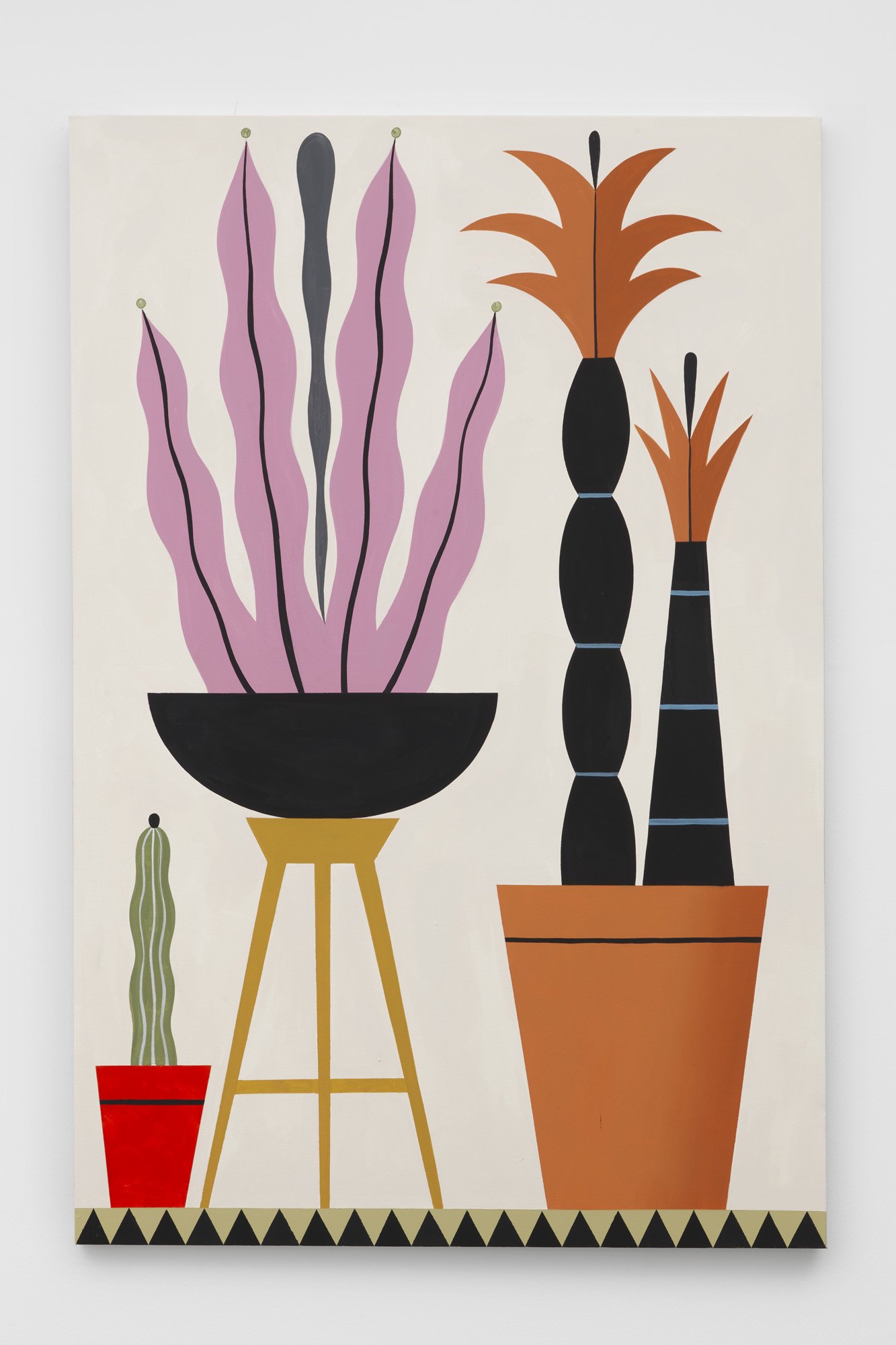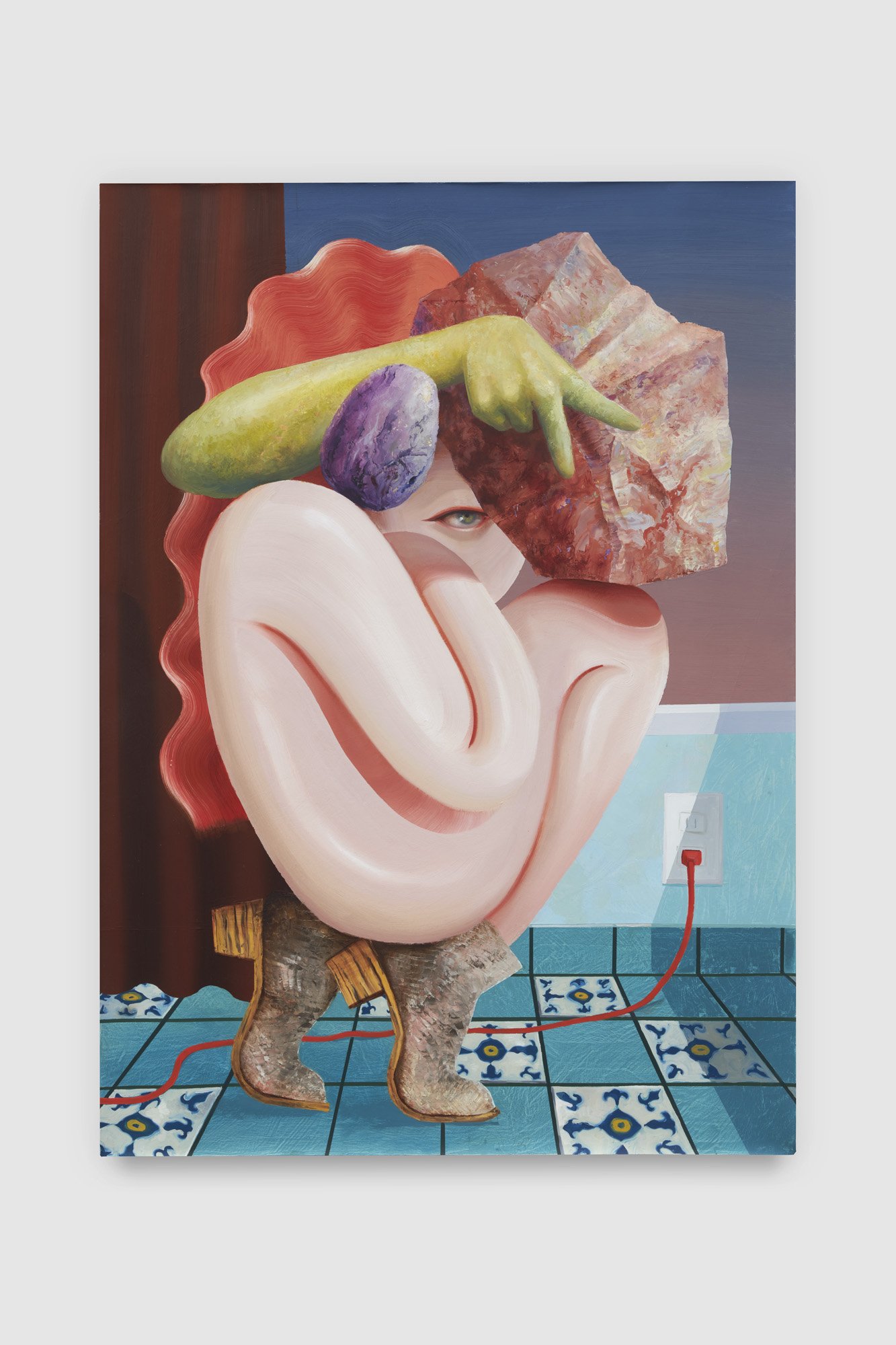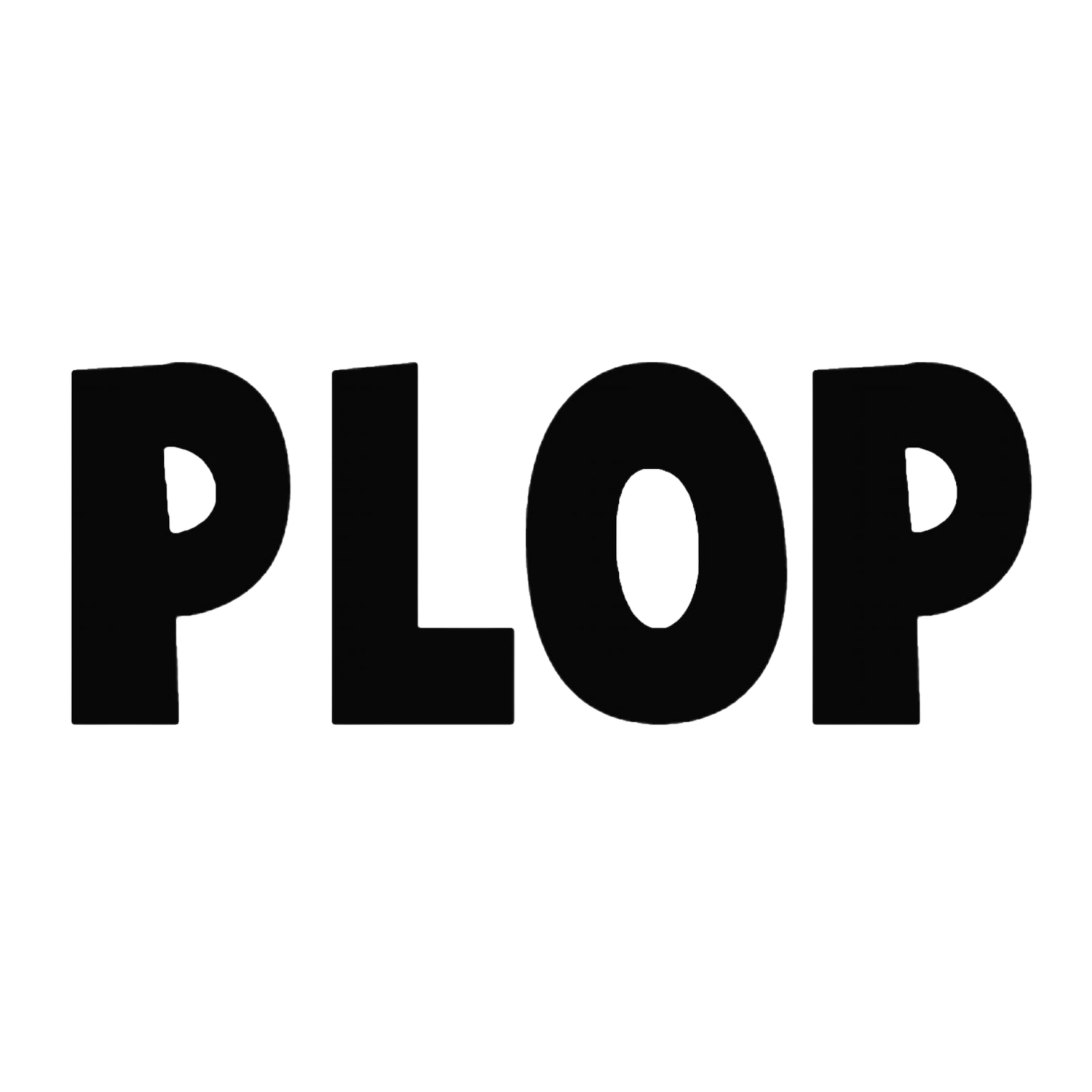Horacio Quiroz, Bianca Fields, Agostino Iacurci
International Residency 2022
Horacio, Bianca and Agostino joined us in collaboration with Cob. Gallery






THE ARTISTS
BF: I am from Cleveland, Ohio, where I studied my BFA at the Institute of Art, before moving to Kansas City, Missouri. My work is an open self-examination – a little bit like the ‘Operation’ game – that explores different parts of my interiority. I’m interested in how we move between childhood subjects; tapping into my generation’s particular nostalgia for youth. There has been a dark shift during my lifetime with the development of technology. Happiness changed from being something you experienced to something you consumed. The images we consume tell us how to be, what to wear, how to talk. I’m interested in that – in being my age and growing up during this change. What kind of girl am I today? What does that mean? When I was younger, I engaged with images, pictures, noises, colour, books, and television in a way that made being an artist more exciting and robust. Alongside this darkness, there’s humour to my work. Some of the images are from popular culture, like Tom and Jerry. My work draws on the energy of the show, capturing the kind of frenetic humour that erupts when someone gets knocked on the head. I’m also interested in expressing real life emotion and pain through animals. I am particular about why I choose them, but they exist only in the context of my work; I don’t know what they eat or what their lifestyle is. By combining depictions of animals with cartoons, I want to create whirlwinds in my work. I want to see what type of being emerges out of that whirlwind.
HQ: I was born in Mexico City. I was raised in a Catholic family in Mexico City. My studio practice is in Mexico City. All my life has been in Mexico City. I worked in advertising for twelve years before quitting to paint. Initially, I was frustrated from so many years of not making art, or rather, making art for someone else. My early paintings depict distorted bodies. They were like tumours coming out of me: I had to investigate my dark side. These works were a catharsis for me. I am self-taught, and my work was initially detailed and realistic. It was important to me to know how to paint a hand, an eye, a human body, for artistic validation. Now I know that I can do that, I want to go somewhere else. I don’t want to paint beautiful bodies in a realistic way all my life. It’s boring. I am experimenting with new ways of painting. I want to explore and somehow to know myself through the canvas and through what I’m painting. At school you are taught that the sky is blue, and the grass is green, and the sun is yellow, and the clouds are white; But what happens if you put them in a different order? I am searching for freedom: in myself and in my painting.
AI: I have been painting for fifteen years. I worked as a mural painter, alongside studying at the Academy of Fine Arts in Rome. Following this, I travelled and set up my own studio practice. There is a continuous interchange between my studio practice and mural paintings. My work outside is site specific. I try to find the subject within the history of the architecture by talking to people and hosting workshops. When I was younger, I focussed on the human figure – bringing this to the outside. And when I worked inside, on my studio practice, I brought the architecture and the landscape from outside to my paintings. I like to work in series and each work has an internal story. I’m interested in deep time and the movement of history through time. We are taught that the Ancient World was white but, in reality, cities like Rome and Pompey would be covered in paintings and colour - they looked more like Walt Disney. I feel connected to the fresco painters from this era – their relationship to the outside and the opaque quality of their paint. I am doing something similar, but with modern technologies. I expanded this idea in a body of work for four years, and created an exhibition around Vitruvius’s book, the original treatise on architecture. My work is the opposite of me: it is sharp and meditative while I am chaotic. But it is a way for me to find a sharper perspective. I want to freeze a moment in the stream of reality, to find clarity.






THE WORK
HQ: Since January, I have been focussing on a body of work that explores new ways of painting and new topics. I am still concerned with the human condition. My paintings reflect my psychological processes, but now it is represented differently. I want to paint because of the joy of painting. Because I didn’t go to art school, I have never had time for exploration. Initially, my palette was reduced because I didn’t know how to manage colour. The topic of the work was dark, and I had to find a balance between colour and image. Now, I am exploring colours, colours, colours! When preparing the palette in the studio, I saw that great things happen. Also, when I cleaned the colour palette at the end of the day. It was very organic – these beautiful shapes emerged from the mixed colours and I wanted to bring that onto the canvas. I started with small exercises, and then I decided to paint rocks. Rocks can be any shape or texture. They have the flexibility for me to explore this freedom I am searching for. I’m interested in the question: what are we made of? We are the same; everything in the universe is created by the same chemical elements. So, what do I have that this chair doesn’t? Why can I talk? There is also the question of balance in my paintings: the sense that everything is about to fall down.
AI: This is a new body of work that is informed by my reading on plants and my interest in horti picti, the tradition of painting gardens. I was preoccupied with alien plants – to me ‘alien’ also means new; It relates to inventing plants. I read Goethe’s Metamorphosis of Plants, in which he searches for the archetypal plant in Sicily; he believed there was a mother of all plants. While this was rejected by the scientific community at the time, it was embraced by the poetic world. It was a very idealistic idea, and, in my work, I am always trying to find an idealistic concept. My work is utopian, but in an ironic way. One way of reading Goethe’s text is as a guide to the plant system: how the signing process for decoration works. There is a straight line, and you build around that; I started from this idea. All the paintings in this body of work began with a symmetrical line and I invented the shape around it; It’s very spontaneous. These works connect all my interests in a very clean, synthetical way. Abstraction and figuration come together. The outside and the inside fuse. Meanwhile, there is an interchange with my other practice; I am also a sculptor and that sense of balance, axis, and poise feeds into my paintings.
BF: Prior to the residency, I was worried about not being able to work in the way that I usually do, but while here, I have produced so much. Creating these works has been like a tornado. It feels like each work is an entire painting; there is no narrative. There are little things happening, but I feel like each work is one punch, one moment of energy. During this residency, I have expanded how I relate to the surface of the painting. It has been exciting to put everything on the canvas – to combine all my mediums, ideas and images. Usually, I am more calculated in my approach, but here I really let go. I am working towards having even less on the surface. I want to conjure a noise in the work and once I achieve this on my own, then I will create a body of work where each painting is spray painted gold and all you can see is texture. It’s not about what you’re looking at, but, rather, the distractions underneath the surface.






THE RESIDENCY
HQ: I am so grateful to have worked with these two. The energy in the studio has been concentrated and focussed. This is my first residency and I loved it. I’m curious about what will happen when I go back to Mexico, although I don’t want to think about the future yet.
AI: This was my first time sharing a studio since art school. It has been great. We found each other because we have a common approach. I came here with lots of ideas and no plans. When I arrived, I started doing everything. I saw that Bianca was doing the same and that was comforting. I’m also sensitive to the light and colour that surrounds me; I can see the feedback between our work.
BF: That purple and green? I love that colour combination. Boom, you can see it here in my work. This was also my first residency. It’s nice working alongside people who are bold in their studio practice: whether you’re making work or just being here sitting, it’s energising. If anything, it’s just a matter of running out of space because I like to see everything on the walls!
